History and Characteristics of LaPerm (2)
It is said that for ten years after the first LaPerm was born, LaPerm multiplied through natural breeding without human control. But how much of this is actually true?
Wiki and websites (other than those written by the people involved) are hearsay information, and can be rewritten at a later date. Is there any material that is as close as possible to the primary information and cannot be rewritten?
I searched through a service that allows you to search for newspaper articles from the past, mainly from the U.S., and found this article from The Tribune on August 29, 1995, 13 years after the birth of the first LaPerm in 1982.

The Tribune is a morning newspaper in the Scranton, Pennsylvania area of the United States, and the article appears on page 17 of 32.
Were they really kept outdoors?
I don’t know what was the standard way of keeping cats in rural America in the 1980s.
However, the article says that they kept the cat as a “barn cat” and that
“Thank goodness, the litter was born in the summer because I don’t know whether that cat would have made it during the cold winters we get here.“
So I guess they didn’t keep him inside even in winter. The Dals has a record high temperature of 111℉ (44℃) and a record low temperature of -14℉ (-26℃), so it’s understandable to worry about the survival of a thin-haired kitten.
Was it really a free-range for ten years?
There is no doubt that they are free-range, but can you believe that these rare cats have been on the loose for 10 years?
The article says,
“It wasn’t long after the 1992 Port land show that Koehl began rounding up her free-roaming LaPerm barn cats and putting them in a controlled environment for their protection”.
This article is very valuable in that it identifies the year of the show, as most of the Wiki and other websites are vague about the year of the show as “1990s”.
They really did let it go for a decade, didn’t they?
What kind of place is a cherry orchard?
This makes me wonder what the cherry orchard itself was like.
The article says that it is 10 acres (40,468.6 square meters) in size. Compared to the size of a World Cup football pitch (105m x 68m, or 7,140 square meters), it is about 5.7 times larger. Aside from economic rationality, it would not be impossible to enclose the entire plantation with a high wall, and if that were the case, the situation would be different even if LaPerm was allowed to run free.
As expected, there is not much personal information in this article, but there were a few hints that helped me identify the location of Linda Koehl’s cherry orchard .
(*Linda Koehl passed away in 2016 and her farm has already been sold)
A vast orchard stretching to the hills in the distance. Of course, Linda’s orchard is only a small part of it, but it is connected to the wilderness. There is no fence around it.
If we let the cats loose in such a place, how far would they roam? At the very least, it would be impossible to limit their breeding.
In addition, I was able to find photos of the orchard and the barn.
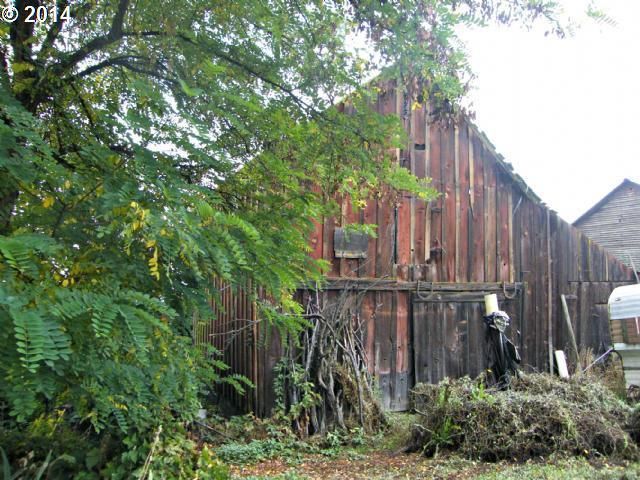
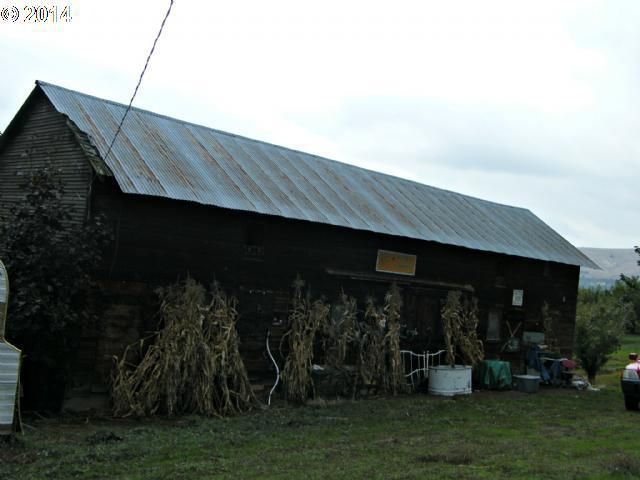
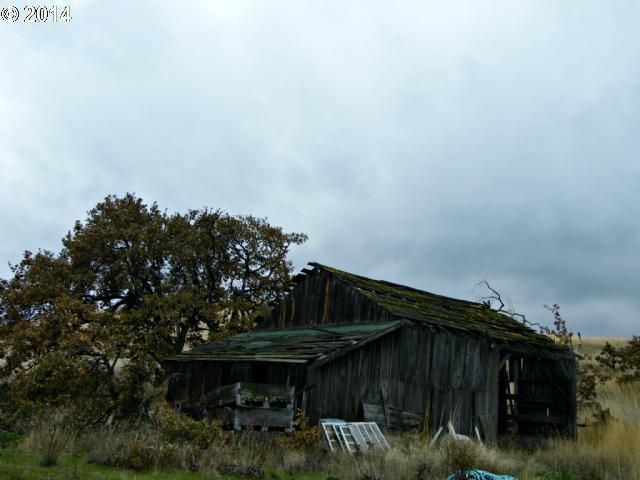
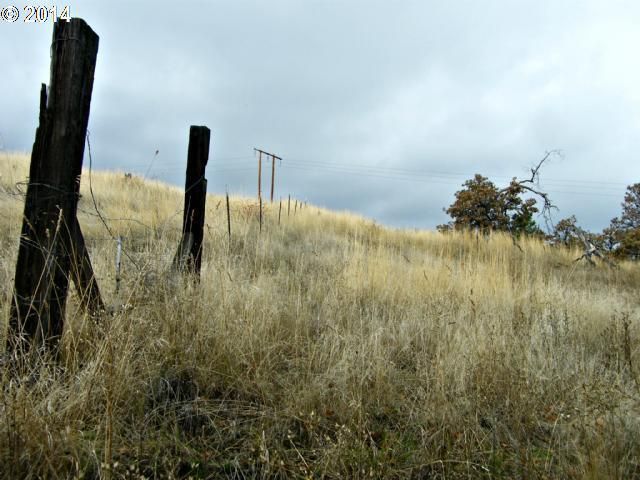
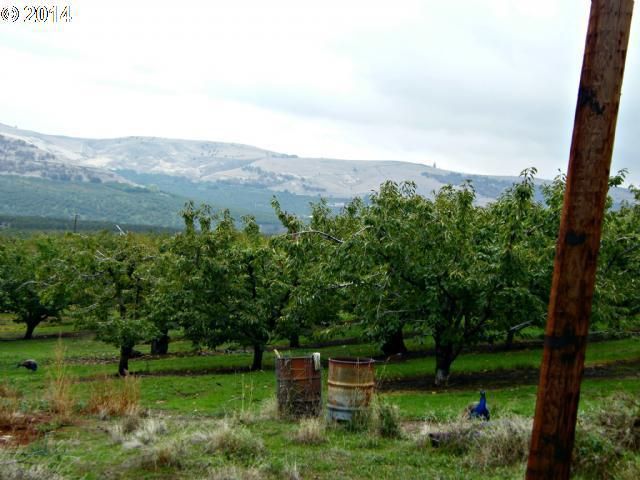
One of the barns in this photos is the place where LaPerm was born. It is a sacred place for me. I think it is a place that should be turned into a museum.
We was able to confirm quite concretely what kind of environment LaPerm was naturally reproducing in for the first 10 years of its life, based on the documents from that time and the latest information from web services.
Then again, I was also curious to know how much LaPerm had increased during the 10 years of natural reproduction, and whether the LaPerm looked the same or different from the current LaPerm. I would like to write about this in another article.
